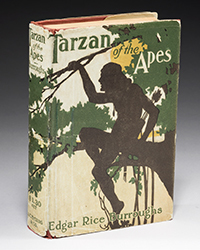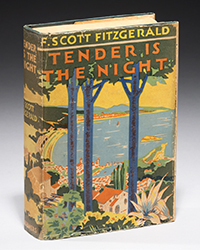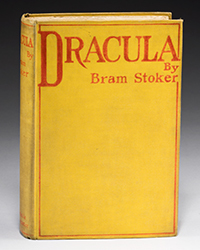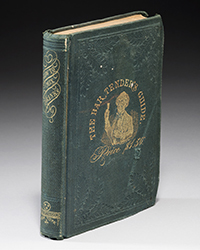Rare Book Monthly
Articles - January - 2009 Issue
A Few Rhymes for the Carrier Boys
By Bruce McKinney
In the 19th century it was not uncommon for newspapers to publish a 'Carrier Call' or 'Carrier's Address' on the first of the year. Carriers could give this ephemera to recipients in the hope, if not expectation, of a gift for their service. The form of request was humble, typically a single sheet covered on two sides with 6 point type, tightly leaded and quarter folded. The form was poetry, the subject, rhyme and meter probably beyond most recipient's capacity to enjoy, appreciate and may I suggest, even understand. This was not the breaking news. It was a trivial extravagance really, a high brow - low budget production that permitted newspapers, by providing some upscale trivia for their newsboys to give away, to suggest the newspaper's generosity and erudition. Hence 'Calls' tended to be long on historical allusions and literary references that might impress without suggesting the piece be actually read. In short, the 'call' was a 19th century equivalent of today's street newspaper that is proffered by the homeless and down-and-out for whatever the recipient judges it to be worth. For newsboys it was a once a year opportunity. For us today it's also a way to see literacy separate from the statistics that are often the way we understand education and the 'educated' in the 19th century. In school students read as required. In life they bought and read newspapers as they wished.
Progress in literacy has usually been measured by changes in attendance and graduation statistics. Towns and counties published such data, states aggregated and the nation collected the numbers into the once every ten year censuses. Less reported but probably more revealing, were statistics about newspapers - particularly the number of weeklies and dailies published. Small places such as Kingston-Rondout on the Hudson in New York reported more than thirty attempts at newspaper publishing by 1875, La Grange, Texas thirteen, Bedford, Indiana five. Where there was a steady population and a school there was probably a newspaper or at least an occasional effort at one. Newspapers sought to convert increasing literacy into viable business and thereby shape opinion and channel public demand. The steady drumbeat of new newspaper ventures tells us America was becoming literate even if the ability to read did not easily or necessarily convert into the reader response that later became the holy grail of the newspaper business. In the early 19th the next newspaper failure simply meant success was one attempt closer.
For perspective on newspaper publishing in the 19th [and early 20th] century we have Gregory's Union List of American Newspapers. We can tell that publishers were convinced there were enough readers because they started so many newspapers and no amount of failure deterred them. They didn't open schools, rather they opened newspapers that depended on the 'schooled.' They were confident that educated people were around. Rising literacy, the co-conspirator of the industrial revolution, is in fact nowhere more evident than in the relentless efforts to establish newspapers at every American crossroads. Literacy was the next big thing. Knowledge and information were turning out to be essential to economic progress and we can see the development of America in the emergence of its fifth estate.
That said, newspaper people are not of a single tribe. There are, and always have been romantics and bean counters. The bean counters wrote for such departments as 'business,' scribbled the everyday obituaries, and tracked the comings and goings of all things that ran on schedules.


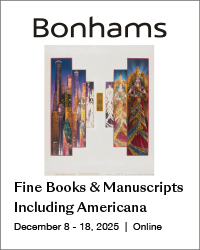

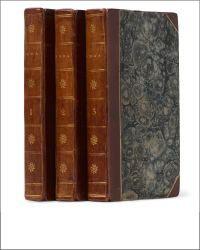
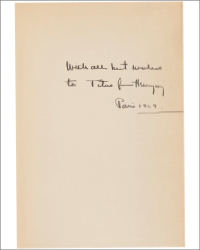
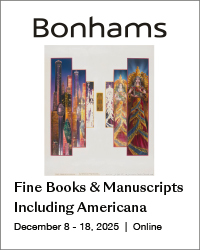
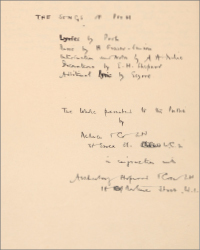

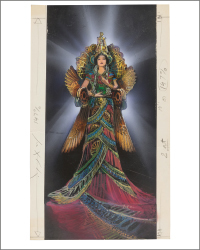
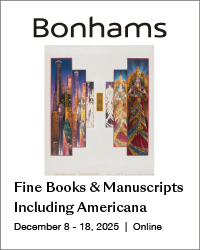
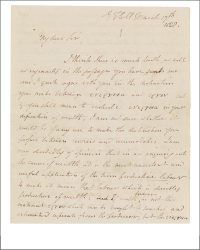
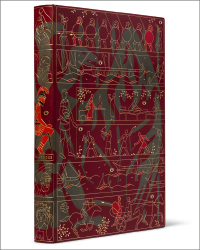
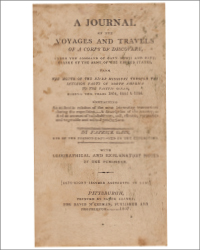
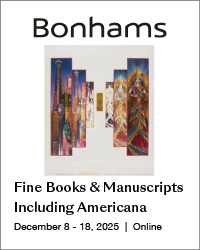
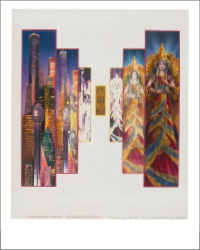
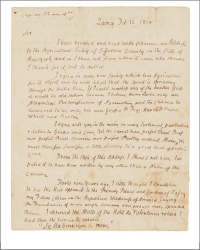

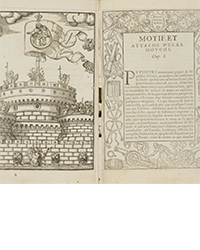
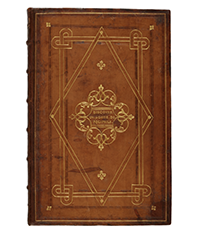
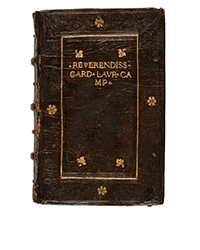
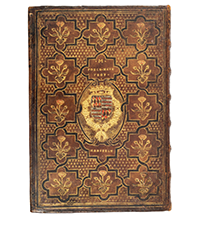
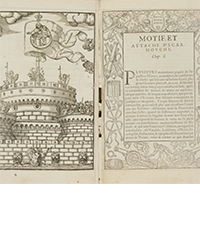
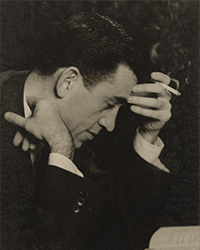
![<b>Sotheby’s, Dec. 16:</b> [Austen, Jane]. A handsome first edition of <i>Sense and Sensibility,</i> the author's first novel. $60,000 to $80,000. <b>Sotheby’s, Dec. 16:</b> [Austen, Jane]. A handsome first edition of <i>Sense and Sensibility,</i> the author's first novel. $60,000 to $80,000.](https://ae-files.s3.amazonaws.com/AdvertisementPhotos/9a74d9ff-42dd-46a1-8bb2-b636c4cec796.png)
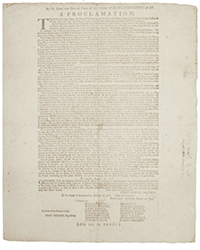
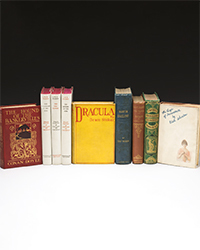
![<b>Heritage, Dec. 15:</b> John Donne. <i>Poems, By J. D. With Elegies on the Author's Death.</i> London: M[iles]. F[lesher]. for John Marriot, 1633. <b>Heritage, Dec. 15:</b> John Donne. <i>Poems, By J. D. With Elegies on the Author's Death.</i> London: M[iles]. F[lesher]. for John Marriot, 1633.](https://ae-files.s3.amazonaws.com/AdvertisementPhotos/8caddaea-4c1f-47a7-9455-62f53af36e3f.jpg)
